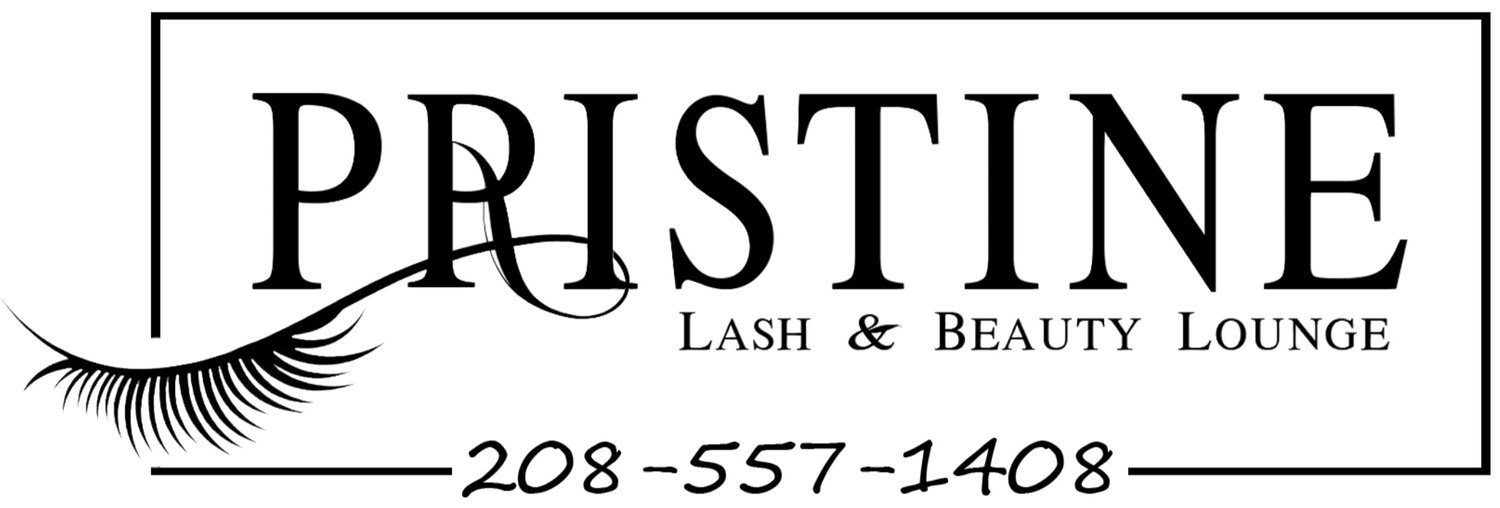Microneedling
Microneedling is a minimally invasive treatment to mainly improve skin aging & scarring. It creates controlled micro injuries which stimulate collagen and elastin. It is best done in a series of 3-5 treatments every 4-6 weeks, followed by a skincare regimen.
What to Expect
The best results are obtained by doing a series of microneedling sessions and following a home care regimen.
I will review your current daily regimen and skin care products, advise you on which products you should continue to use, and recommend any additional products or changes to your regimen to enhance your desired outcome.
This is a Microneedling Facial. I will apply a numbing cream before the treatment so you will be comfortable. I will then move my micro needling pen around your face and apply serums, moisturizer, & sunscreen (if appointment is during daylight hours).
Benefits:
>Reduce the visibility of scars,
>Acne scarring,
>Improve skin tone and texture,
>Dark spots or patches on your skin (hyperpigmentation),
>Stretch marks,
>Sun damage,
>Fine lines & wrinkles, &
>Allow for better product penetration.
Post Care
Immediately after treatment, your skin may experience redness and minor swelling. These effects generally subside within a day, but can take up to one week to fully resolve.
Avoid wearing makeup 24-48 hours following the treatment.
No exercise until redness has subsided
No direct sunlight
No tanning beds
SPF 30+ MUST be applied daily for a minimum of two weeks. ( Sunscreen should be worn daily anyway)
Cleanse twice daily cleanse the treated area with a post- treatment cleanser, followed by a serum or treatment cream and follow with SPF 30+ sunscreen.
You are making an investment in your skin: therefore, it is to your benefit to continue to protect it long after your series of treatments is completed.
Contraindications
Although it is impossible to list every potential risk and complication, the following must be disclosed prior to treatment.
Contraindications include:
Keloid or raised scarring;
History of eczema, psoriasis and other chronic conditions;
History of actinic (solar) keratosis;
History of herpes simplex infections;
History of diabetes;
Presence of raised moles, warts or any raised lesions on targeted area.
Scleroderma;
Collagen vascular diseases or cardiac abnormalities;
Rosacea and blood-clotting problems;
Active bacterial or fungal infection;
Immunosuppression; and/or,
Scars less than six months old.




